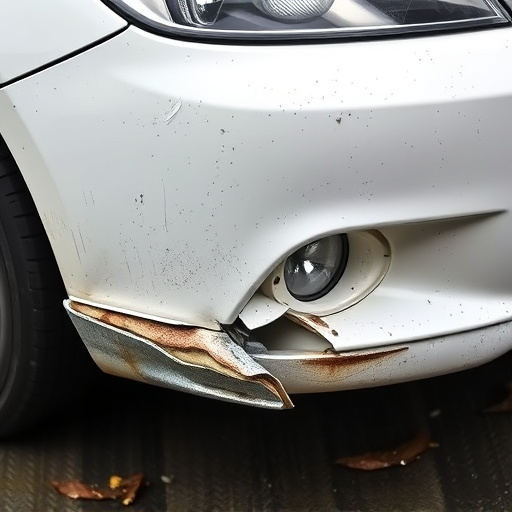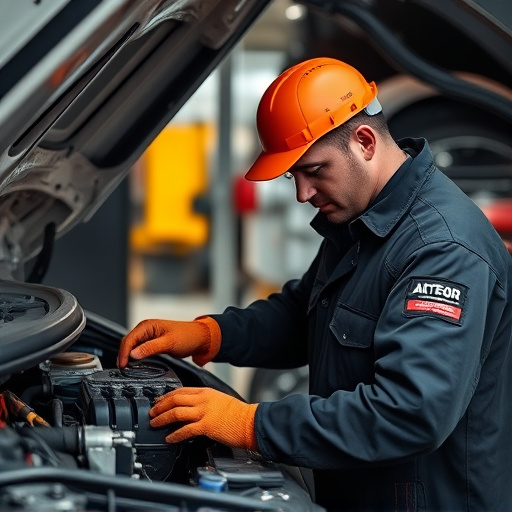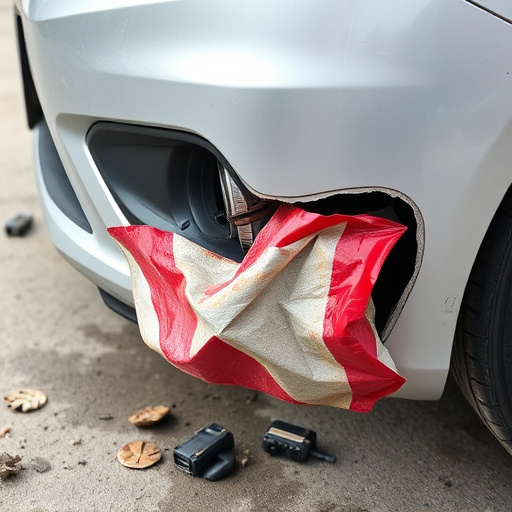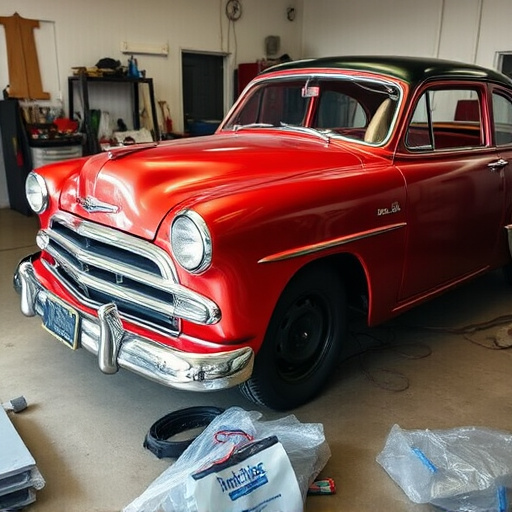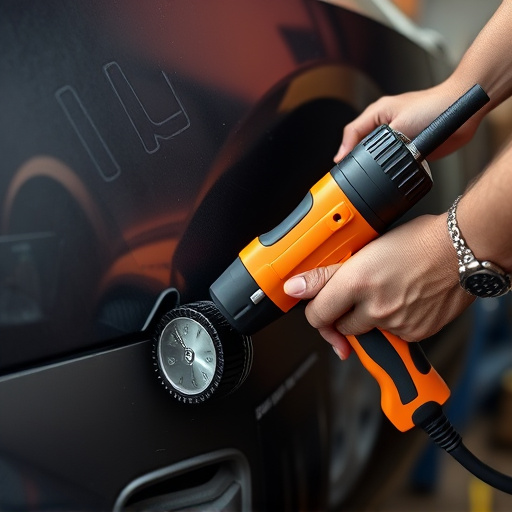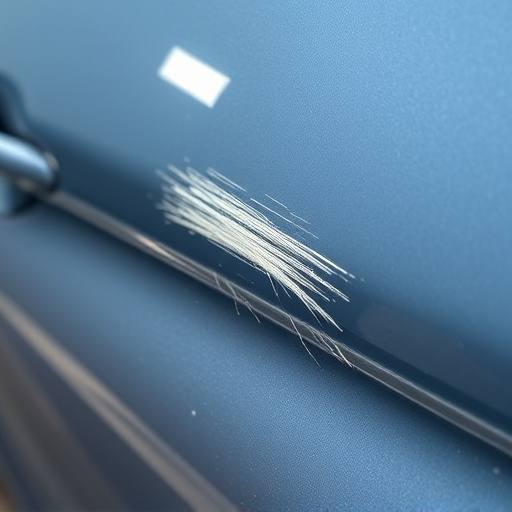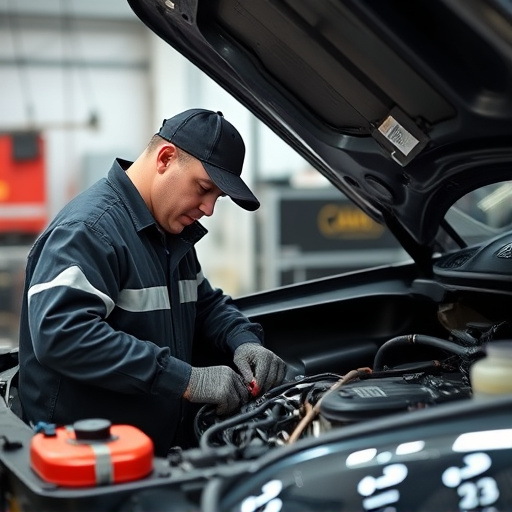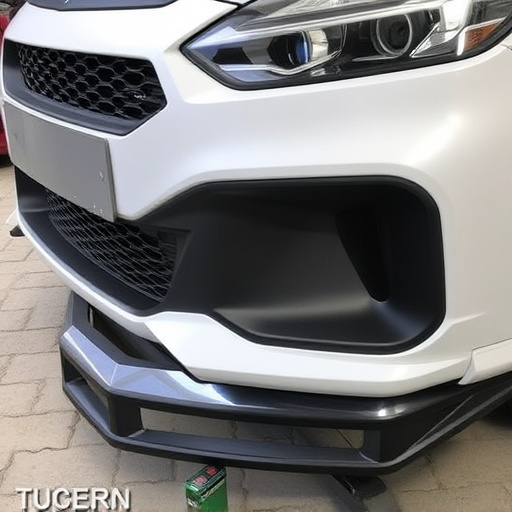Manufacturer-approved repairs follow standardized procedures guided by car manufacturer guidelines to ensure quality and performance. Turnaround times vary based on repair complexity, ranging from a few hours for routine services to several days for more involved work. Factors like diagnosis, parts acquisition, and quality assurance measures influence these timelines, emphasizing the importance of adherence to manufacturer standards for customer satisfaction.
In today’s digital era, timely and reliable manufacturer-approved repairs are paramount for ensuring device longevity. This article deciphers the timeline expectations for such repairs, offering insights into the processes and factors that influence completion rates. From understanding the intricacies of manufacturer-approved repair processes to exploring typical turnaround times for various types of damages, this guide equips you with knowledge to navigate the journey towards device restoration effectively.
- Understanding Manufacturer-Approved Repair Processes
- Typical Turnaround Times for Different Repairs
- Factors Influencing Completion Time and Quality Assurance
Understanding Manufacturer-Approved Repair Processes
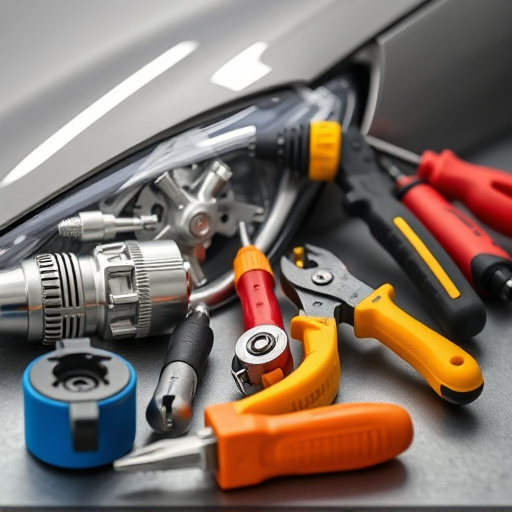
Manufacturer-approved repair processes are designed to ensure that vehicles return to their original condition after any necessary fixes. These processes involve a series of steps, from initial assessment and diagnosis to parts replacement and final quality check, all guided by the manufacturer’s specific guidelines. Understanding these procedures is crucial for both consumers and repair shops aiming to deliver top-notch vehicle repair services.
Whether it’s handling complex engine issues or performing specialized tasks like paintless dent repair or tire services, manufacturers provide detailed protocols to maintain the integrity of their vehicles. Adhering to these standards guarantees that repairs are not only efficient but also preserve the vehicle’s original warranty and performance characteristics. By keeping up with manufacturer-approved practices, repair shops can offer reliable service while giving customers peace of mind.
Typical Turnaround Times for Different Repairs
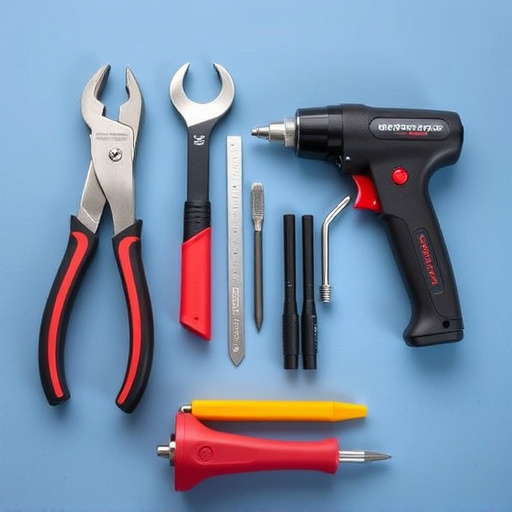
When it comes to manufacturer-approved repairs, understanding typical turnaround times is essential for car owners. The duration can vary greatly depending on the complexity and type of repair needed. For instance, routine services like oil changes or tire rotations often take just a few hours, allowing drivers to get back on the road swiftly.
More involved procedures, such as mercedes benz collision repair or paintless dent repair, typically require more time. A car body shop specializing in these services may need anywhere from one to several days for complex repairs, including body panel replacements or extensive paint jobs. For example, a typical paintless dent repair job can be completed within a day, while more intricate work might extend the turnaround by a few days.
Factors Influencing Completion Time and Quality Assurance
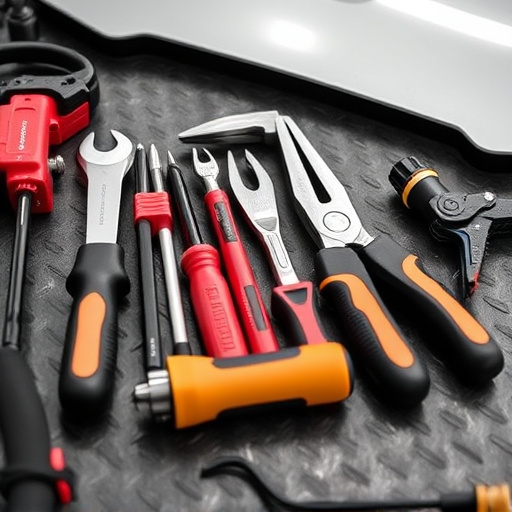
Various factors can significantly influence the timeline for manufacturer-approved repairs, and ensuring quality assurance is a critical aspect that cannot be overlooked. When it comes to automotive repair services or vehicle repair, the complexity of the issue often plays a pivotal role in determining how quickly a job can be completed. Depending on whether it’s a routine service or a more intricate mechanical problem, technicians at auto repair shops need time for diagnosis, sourcing parts (if necessary), and actual repairs.
Quality assurance measures are essential to guarantee that the manufacturer-approved repair meets the required standards. This includes using genuine parts, adhering to the vehicle’s specific maintenance guidelines, and performing tests to ensure optimal performance post-repair. These processes may take additional time but are vital to maintaining the integrity of the vehicle and ensuring customer satisfaction with the auto repair services provided.
Manufacturer-approved repairs are essential for ensuring product quality and customer satisfaction. By understanding the repair processes, turnaround times, and influencing factors, both manufacturers and customers can set realistic expectations. Timely completion of these repairs is a collaborative effort, requiring efficient workflows, skilled technicians, and robust quality assurance measures. Armed with this knowledge, folks can navigate the repair landscape with confidence, knowing what to expect during each stage of the manufacturer-approved repair journey.

